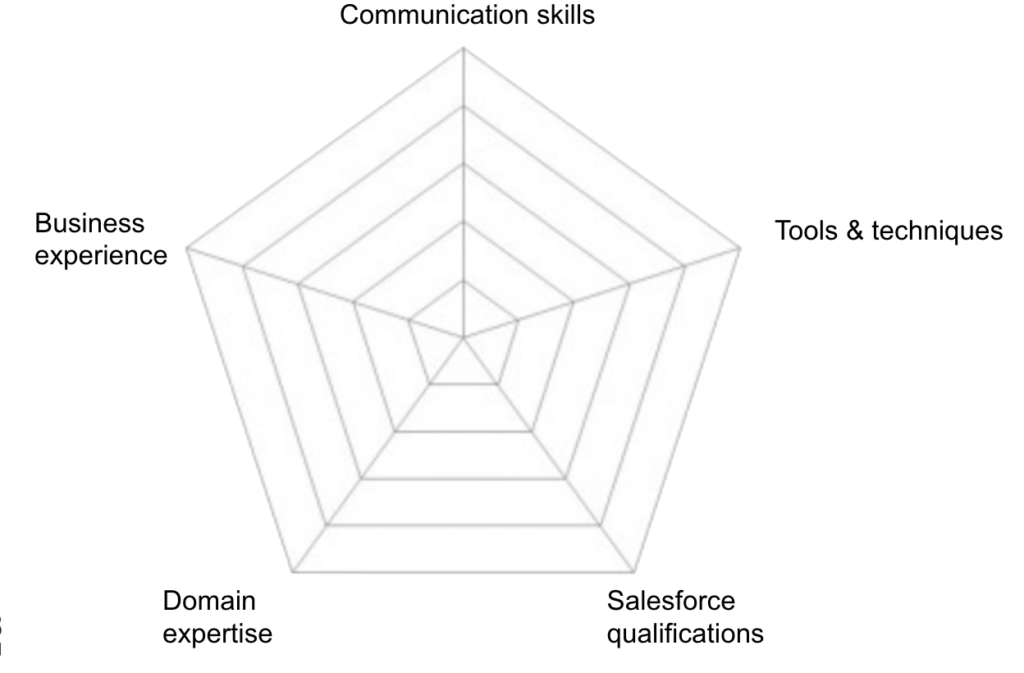
Sending the Salesforce elevator back down
Send the elevator back down
The talent gap is widening and everyone in the ecosystem has a responsibility to share their knowledge to help those coming up behind them.
There is the famous quote from Edith Piaf, “When you’ve reached the top, send the elevator back down for the others”. It has been repeated and amplified more recently Jack Lemon and a viral meme by Kevin Spacey. Sending the elevator back not only means creating opportunities and delivering training, but also it is also providing exposure, visibility, autonomy and authority. It means creating the environment and championing equality and diversity.
False summits
But none us are really at the top. Every time we think we’ve reached the top it is always going to be false summit. There is always more that all of us can grow and learn. But we are all at the top, so that means we should all be looking for ways to “send the elevator down”.
And it is even more important now that those of us with years of complex implementation experience step up. Why? Because Salesforce implementations are broader scope, more complex and more integrated. In a word, they are strategic. There is less margin for error. As we are now seeing, even the smallest configuration change made in error can have huge implications.
As we understand more about Data Cloud and what it takes to implement it successfully, it is clear that the skills required are far greater than the average Salesforce Admin. It is a complex data-driven implementation involving different departments and systems. It requires a combination of business analysis, data analysis, architecture, systems configuration, and collaboration skills to deliver tangible results.
What is good news is that these skills are not new. Those who have been building enterprise systems for the last 15-20 years have the skills. It is just they have not been critical for the Salesforce ecosystem. Until now. So we need those skills to be shared to enable the next generation of leaders.
We are “sending the elevator back down”, not just in training but in useful, reusable content.
We’ve written a series of ebooks based on our experience of implementing Data Cloud internally. You can download the 1st ebook here. We’ve also documented the implementation methodology as a UPN process map with links to useful training and templates. This will be published in the next few weeks. Here is a short video by Arian King, Elements CTO, talking about the methodology.
Planning your career
There is huge investment in Trailhead which is great on-ramp to Certifications. Trailhead badges and status are the start, not the end goal. Partners like Clicked, Supermums, Revolent and PepUpTech are providing Salesforce Certification training and are being supported by ISVs who are making their Academy training available – like the Elements Academy. This is bringing new blood into the ecosystem from all walks of life and training them on the technical aspects of building Salesforce. But even this is not enough.
This was highlighted in a recent Business Insider article looking at the Salesforce talent gap and the challenges of finding and growing the top talent. My quote from the article summarizes the challenges.
“As the implementations get bigger, the risks get bigger, and therefore we need to ramp up the skills and the tools to make sure the implementation is successful,” said Ian Gotts, the CEO at Elements.Cloud, a Salesforce partner. “Talent, I think, is the greatest reason that Salesforce is gonna struggle to grow as fast as it can.”
Also Salesforce is now such a strategic and broad offering, that no-one can “know Salesforce”. The trick is to focus and build expertise based on your role and career path.
I have been talking about the 5 different aspects of expertise, and it has proven to be a helpful way for individuals to think about their own career development. It also shapes the expertise that we need to “send down in the elevator”.

The 5 areas are:
- Salesforce qualifications; Trailhead Badges, Certifications and ISV training courses
- Domain expertise; the operation of a business unit such as sales operation, service, CPQ, finance
- Business expertise; intimate understanding of an industry or sector
- Tools and techniques; these are specific to the role such as Admin, Architect, Business Analyst, Project Manager or Platform Owner / CRM Manager, Center of Excellence Leader
- Communication skills; these three are foundational whatever the role – presenting, writing and networking.
Plot your current position in the spider diagram. Be brutally honest. If you are not, then the next implementation will expose you. Then work out where you need to grow to make the next step in your career, and this will help you find training, coaches and mentors.
I have been in the Salesforce ecosystem for 20 years and around major Sales, ERP and HR system implementations for 35 years. There is much we can (and must) learn from the past and apply it to the faster pace delivery of low-code/no-code.
25 years ago Salesforce was a small SFA app that was a quickly configured in Prod. Yes, really. Now, with any implementation of any business value, we are seeing project planning, rigorous business analysis, architecture design, shared documentation, testing and change management have not been made obsolete by cloud computing or low-code/no-code. They now need to be applied in this context.
Which is why it is vital that we all send the elevator back down. Who is going to join me?
Sign up for
our newsletter
Subscribe to our newsletter to stay up-to-date with cutting-edge industry insights and timely product updates.






